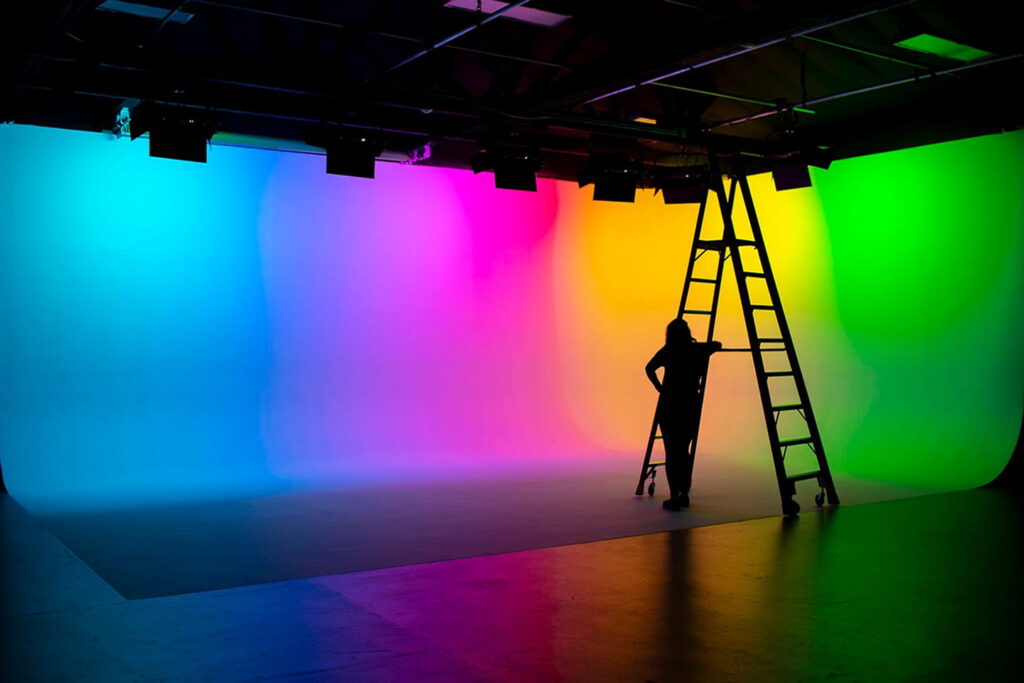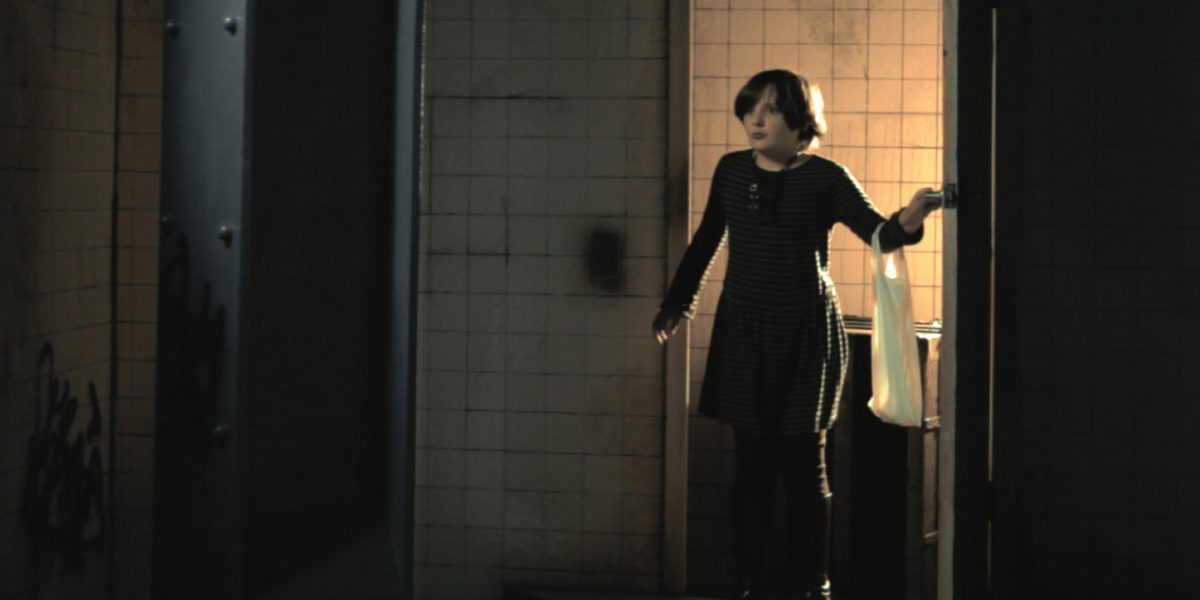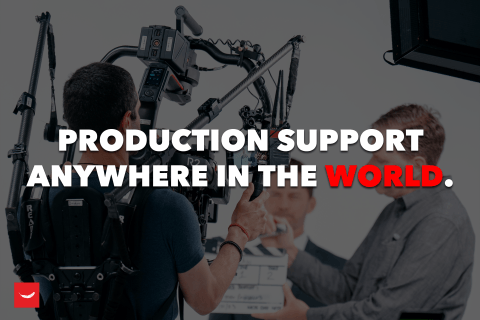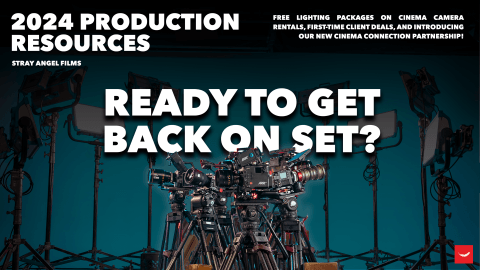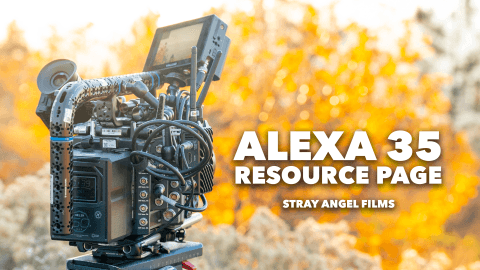After learning they only had a budget of $3,000 for the entire production, we had to know more about the project and how they were able to accomplish it.
Director and Executive Producer Stephen Boatright was kind enough to answer our questions:
Q: How much was the budget for the film?
A: Our total production budget was $3,000. (That included a trip to NYC to shoot 2nd unit footage for the opening sequence.)
Q: How much of that went to building the set?
A: The set cost just under $1,200 to build. Since it was the primary shooting location, it was the biggest single expense.
Q: How did you raise the money?
A: $2,116 was raised through a successful Kickstarter crowdfunding campaign, and we received a grant from the Greenville, SC-based Metropolitan Arts Council for $900.
Q: Where did you build the set?
A: Finding a location to build was one of the biggest challenges in getting the film made. There is a lot of available warehouse space in the area, but we didn’t have the budget to rent something outright for the two months we’d need (between planning, building, shooting, and striking), and most of the real estate owners who were able to offer us an empty space for free required a level of insurance coverage that would have eaten up a third of our budget or more. Fortunately, we were able to find a location that was an unused part of an ongoing business, so their insurance covered the general liability. We built and shot in a warehouse space in the back of the Artistry Gallery and Workshops in Greenville, SC. The facility houses an art gallery as well as several artist studios that work in everything from painting to jewelry to tie-die to blacksmithing (that last one was a challenge from a sound perspective!). The tenants were all incredibly supportive and helpful; they really made us feel at home there.
Q: How long did it take to build the set?
A: The set was built entirely by Adrian and me, and we brought in a scenic artist to take the lead on distressing it. It took us about two weeks from the day we started loading in materials to the time it was camera ready.
Q: What is the film about?
A: Emmeline Muffet Gives Up Her Tuffet is a dark and quirky retelling of the nursery rhyme “Little Miss Muffet.” Spunky young Emmeline is on her own in New York City; her father disappeared almost two months ago after dropping her off to go to work as a performer. He always comes back after his shows, but this time, he never showed up. Every night she goes back to the subway bathroom where he promised to meet her, but this particular evening she meets Phineas, a man-shaped spider who is tormented by Humphrey, the physical manifestation of his own stomach. Humphrey needs to feed or they’ll die soon (and he enjoys the carnage a little too much), but Phineas wants to be more than just a stomach with fangs. And if Emmeline’s father doesn’t show up tonight, she goes into DSS for good. So the street-smart girl and the hungry spider face off in a battle of desperation, wits, and will.
Q: When/where will the film be available?
A: It is available now for streaming or digital download (DRM-free) through Reelhouse, which was recently named an official distribution partner with the Sundance Institute. We’re thrilled that they invited us to be part of their platform.
Q: Are you doing a festival run?
A: We’re still planning an overall festival strategy, but we will be submitting it to several festivals over the coming months.
Q: What’s in the future for Lune Bateaux films?
A: Emmeline Muffet is just the beginning of Lune Bateaux Pictures. We intended for it to be a calling card for what we can achieve on a small budget, and the response has been overwhelmingly positive. We’ve recently optioned a three-novel trilogy to adapt into features, we’re developing another feature that is an adaptation of a well-known children’s story, and we’re working on a series of 4 short films based on Shakespeare’s plays. So we’ve got a lot to keep us busy!
Q: Any advice for other low-budget filmmakers?
A: Don’t allow a lack of resources to let you settle for something less than the best you can possibly accomplish. Never let the excuses start to creep in, or you’re doomed. Know exactly why big-budget films do things the way they do and be creative about solving the same problems they have without having to spend money to do so. Tenacity and lateral thinking are much more significant assets for production than cash. Do your homework and find every free resource that’s available. You should know thousand times more about every aspect of the film industry by the time you’re done, or you’ve slacked off somewhere. Open your mind, roll your sleeves up, and make it happen! Finally, and most importantly, don’t take advantage of people. You need to inspire talented people to come and work for you for little-to-no money, but if you trick them or promise them things you can’t deliver, you’ll burn bridges you can’t afford to burn.
Check out more photos of the set construction here.
